Filling the tank with a control delay
Theoretical introduction
Vensim is a dynamical systems modeling tool that allows you to create simulations based on differential equations and logical relationships between variables. It is particularly useful for analyzing systems with delays, feedbacks, and nonlinearities that are typical of economic, ecological, technical, and social systems.
Basic elements of the model:
· Stocks— Represent the accumulation of resources in a system (such as the amount of water in a tank).
· Flows— Control changes in levels over time (e.g., water inflow and outflow).
· Connectors – arrows informing about relationships between variables.
· Auxiliary variables – intermediate parameters that affect flows and levels.
The following features are used in the model:
· Delay1: with the construct "DELAY1 ( {in} , {dtime} )" is used to model the first-order delay in passing the value of a variable. This means that the value of the input signal is passed with some delay to the output, according to the principles of exponential delay (i.e. smoothing with delay time).
· IF then Else: Constructed "IF THEN ELSE ( {cond} , {ontrue} , {onfalse} )" is a function that checks the validity of a condition and then executes one of the two statements.
The importance of the different parts of the model.
- Tank- Represents the water level in the tank, the maximum value is 1000 liters.
- Water Flow- Represents the inflow of water into the tank (Liters per Minute).
- Water Drain-Represents the outflow of water from the tank (Liters/Minute).
- Set Water Level.
Practical part
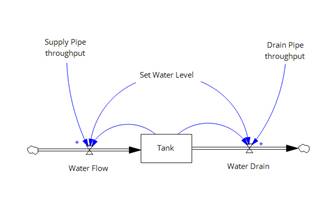
Drawing 1 Tank filling model with control delay.
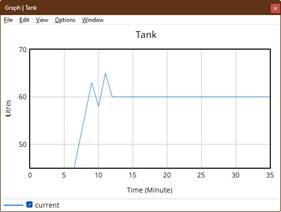
Figure 2 Time-sensitive change in water level
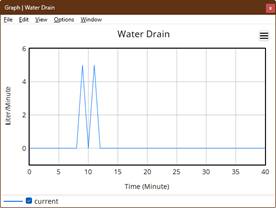
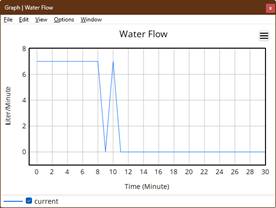
Figure 3 and 4 Respectively, the change of water draining/inflowing from the reservoir depending on the time.
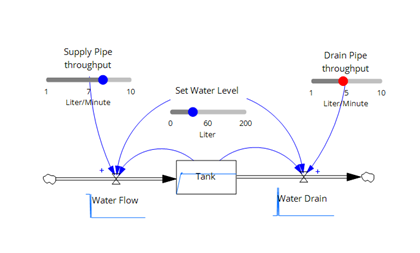
Figure 5 Simulation with parameters
Description of the results.
The model shows a closed system for regulating the liquid level in the tank. At the beginning: The inflow dominates, which results in a rapid rise in the water level. When the threshold is exceeded, the outflow is activated, which lowers the liquid level until it reaches the set value, and then both the outflow and the inflow are stopped. The occurrence of fluctuations when reaching the set value is caused by a delay in the operation time of both valves (delay1 function).

No Comments